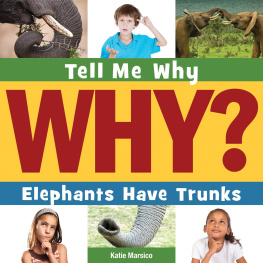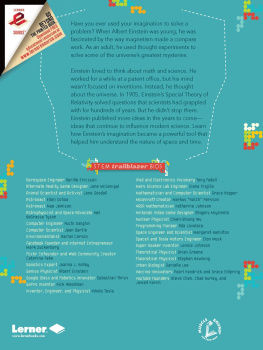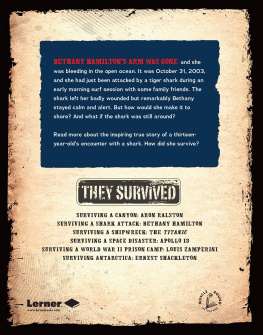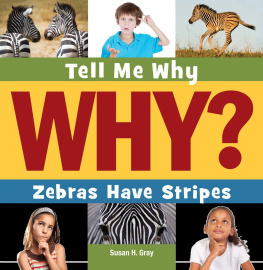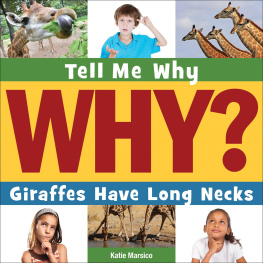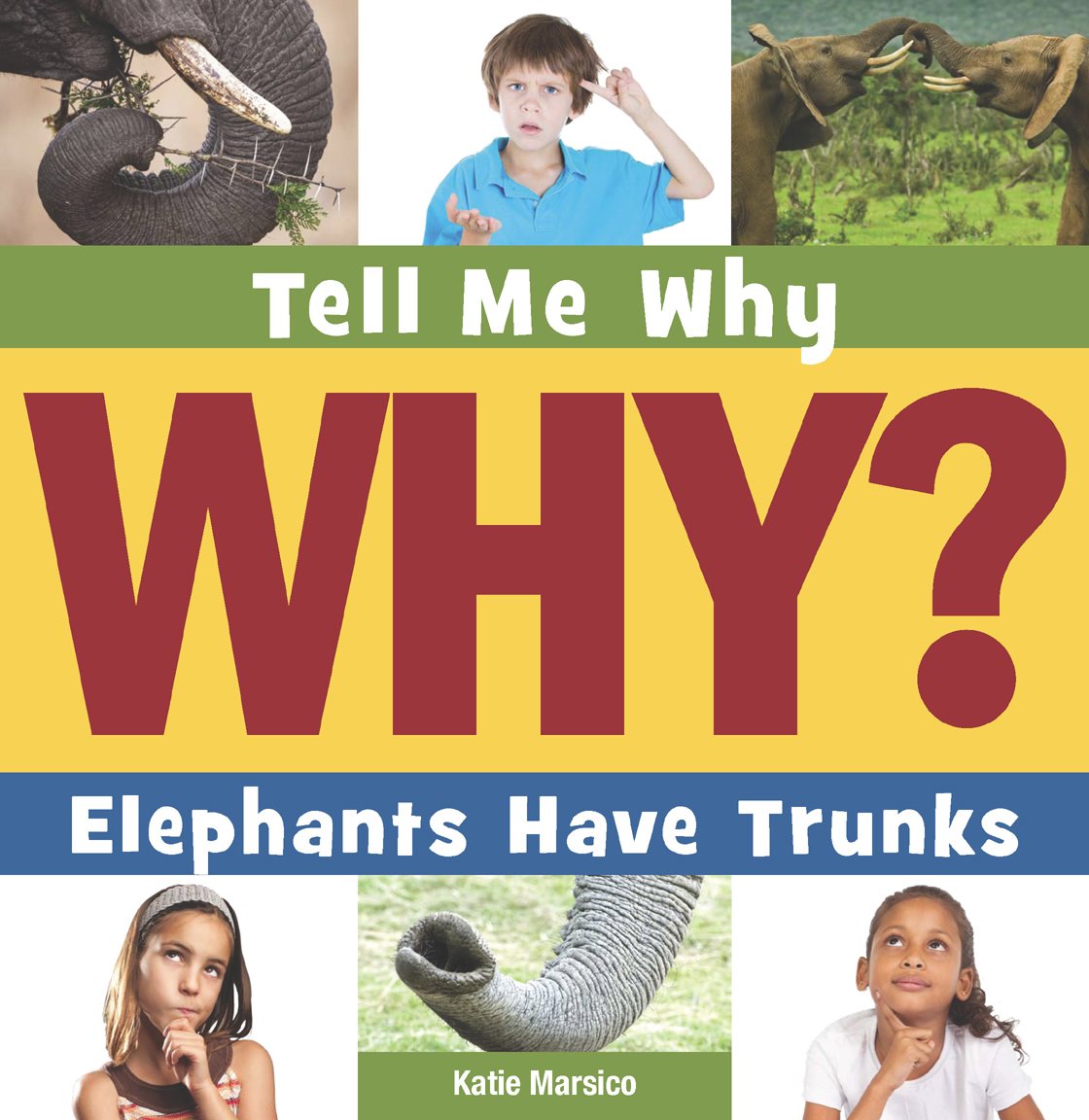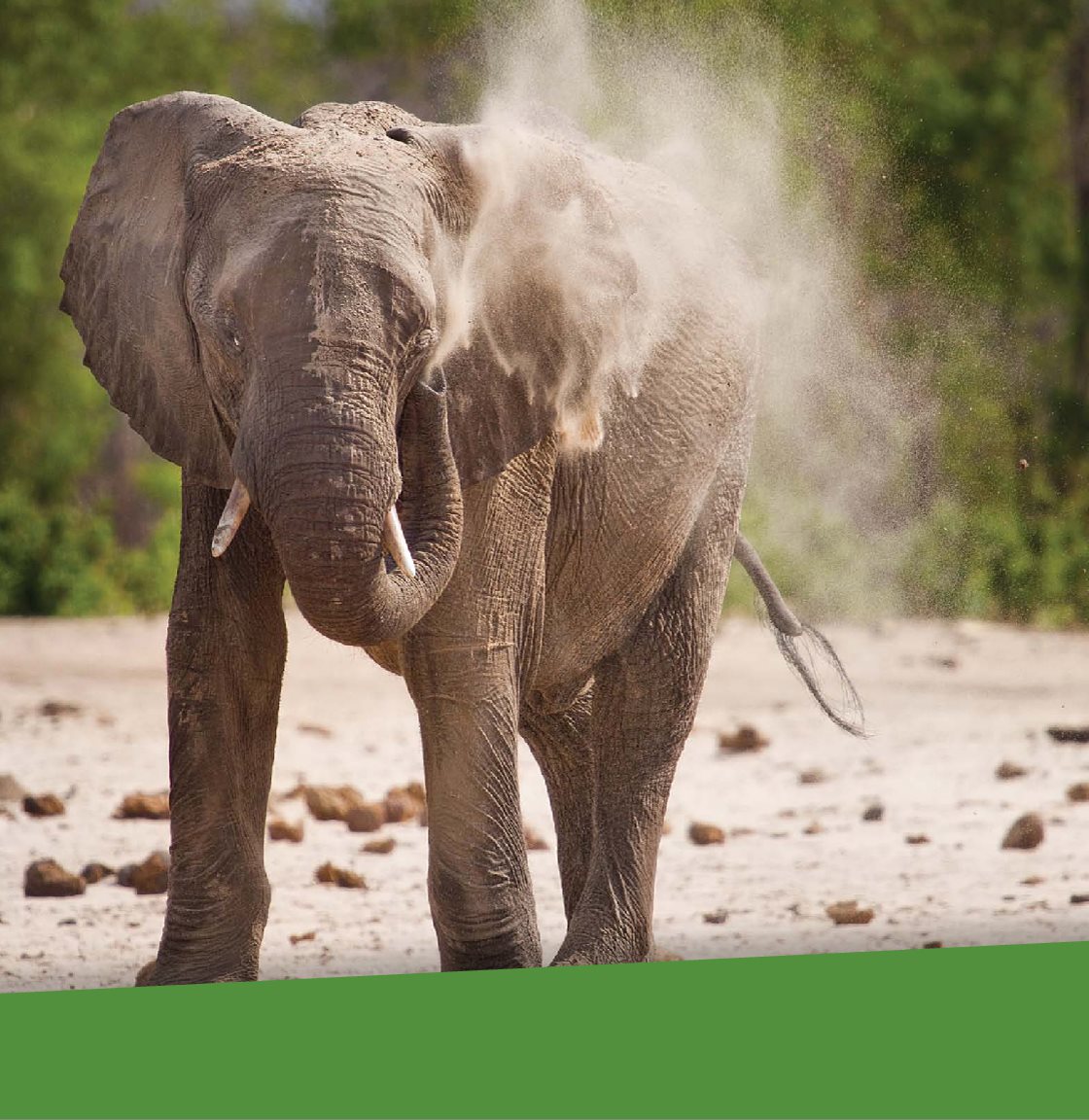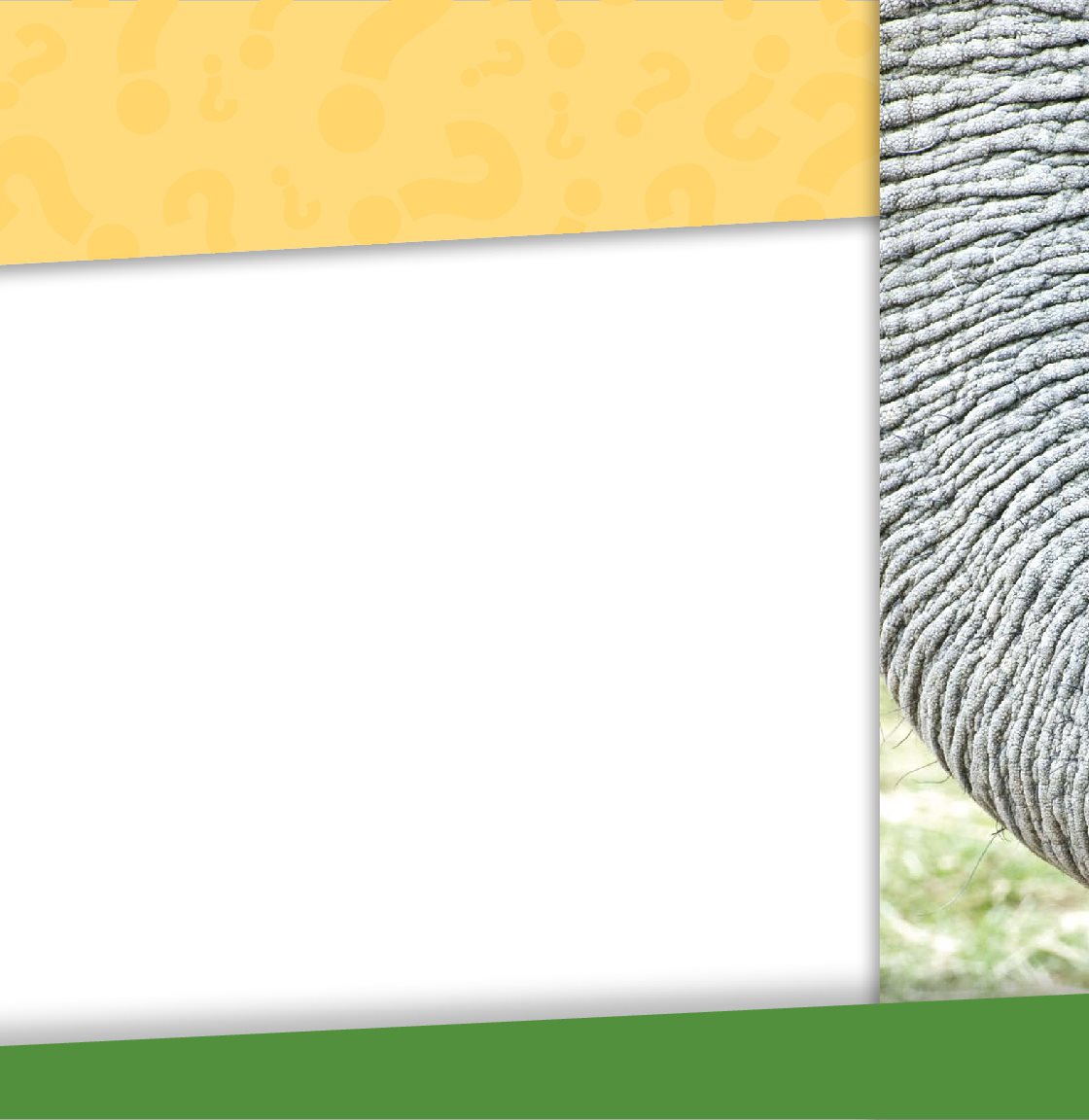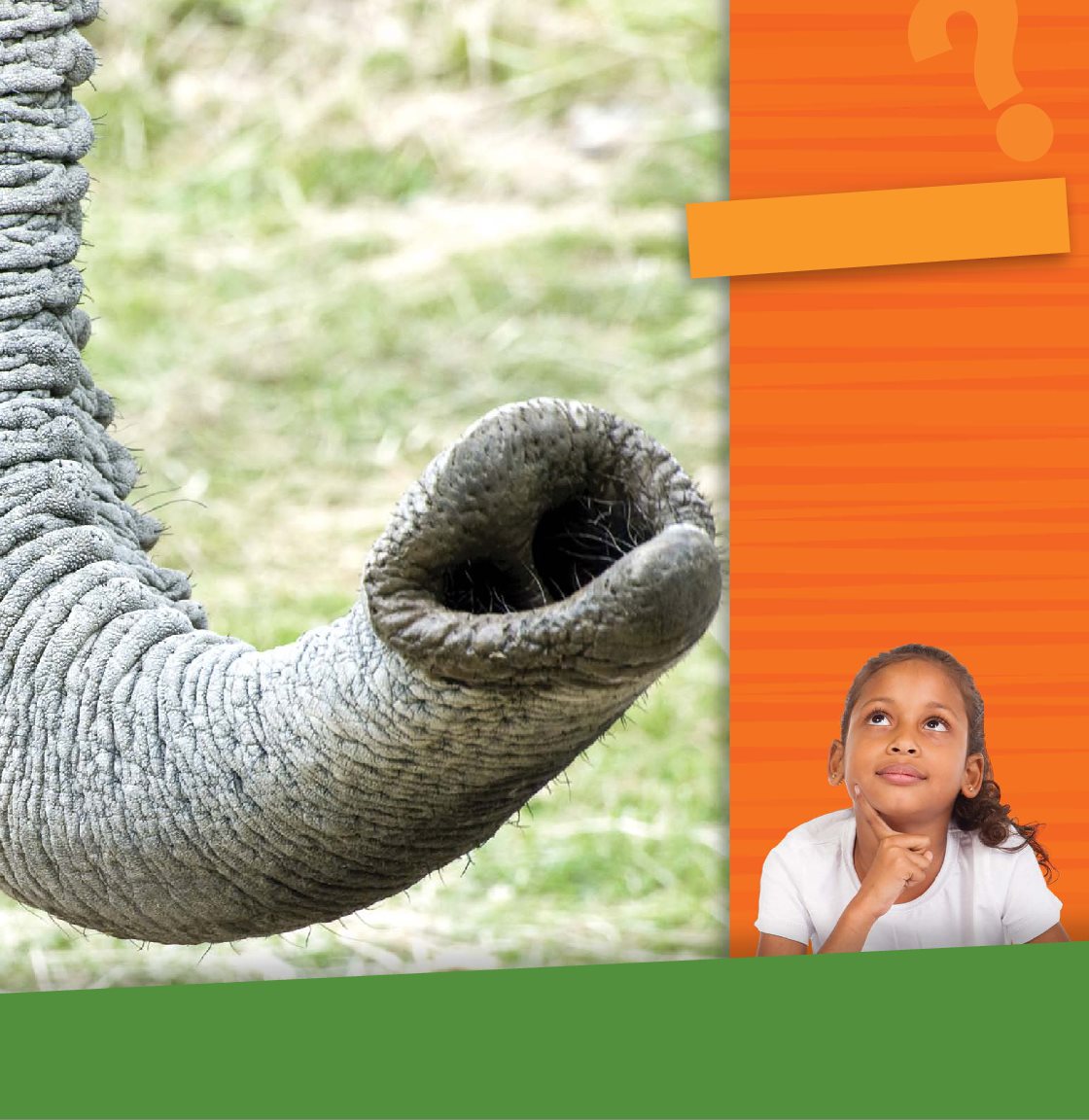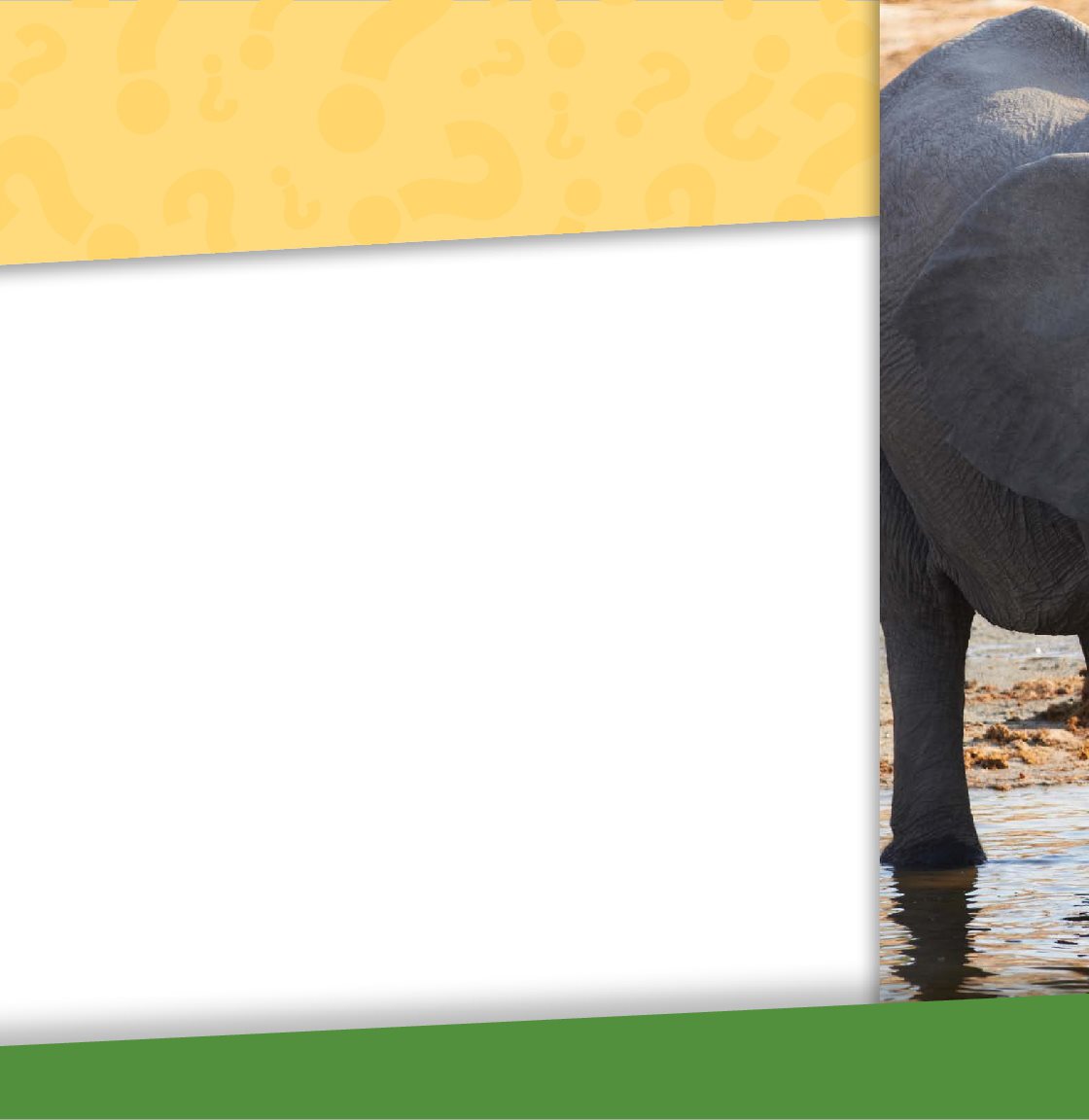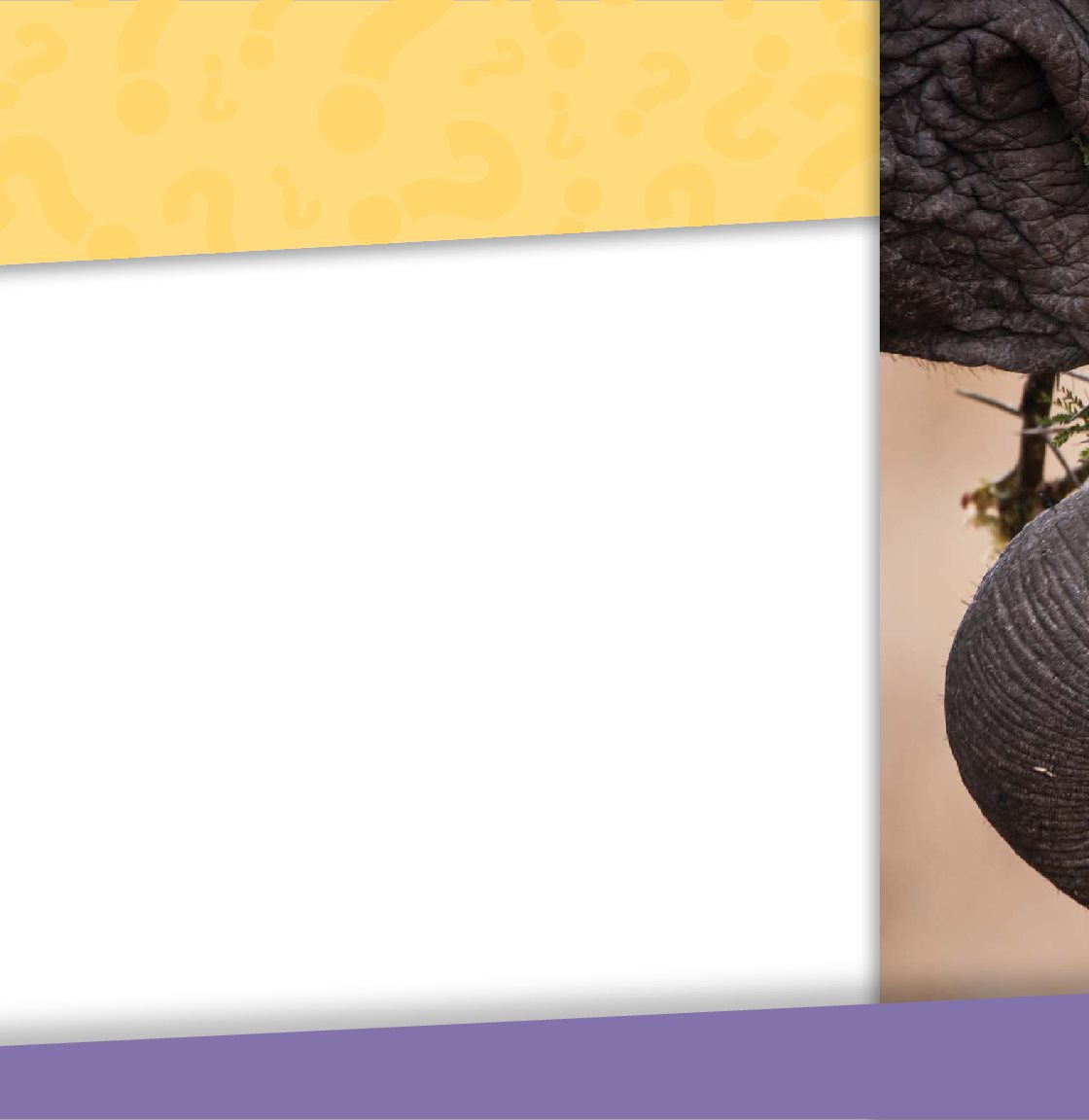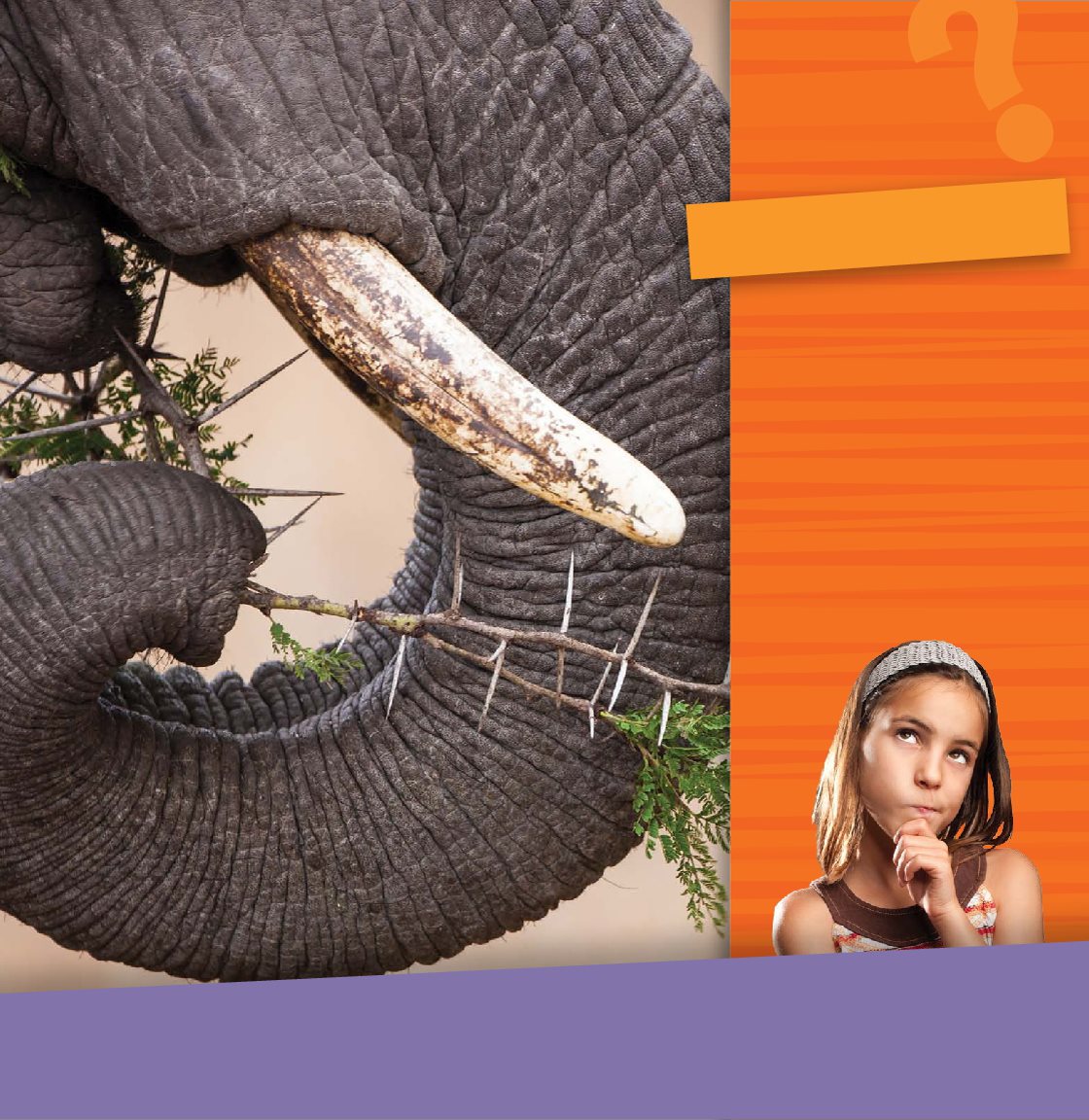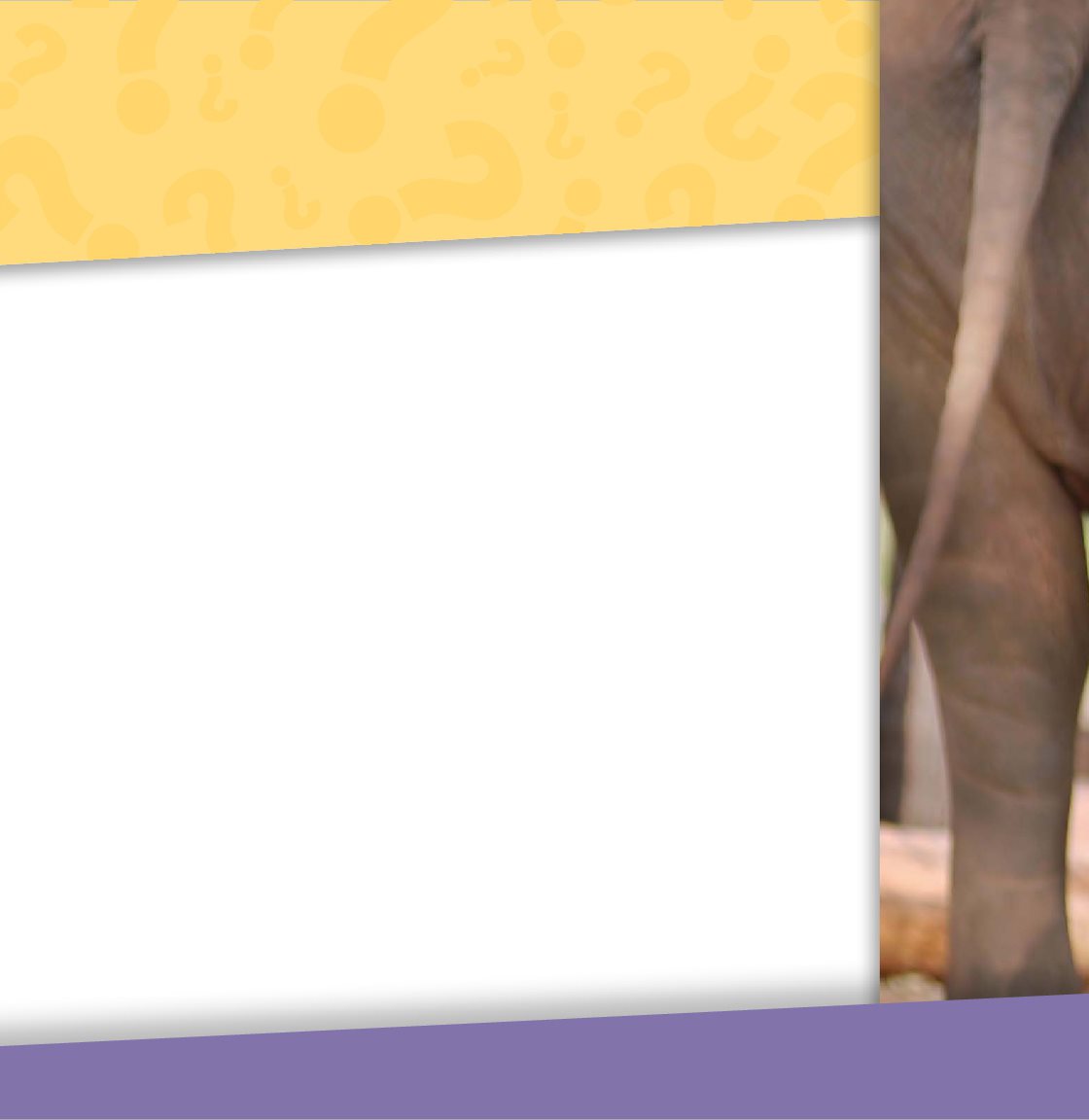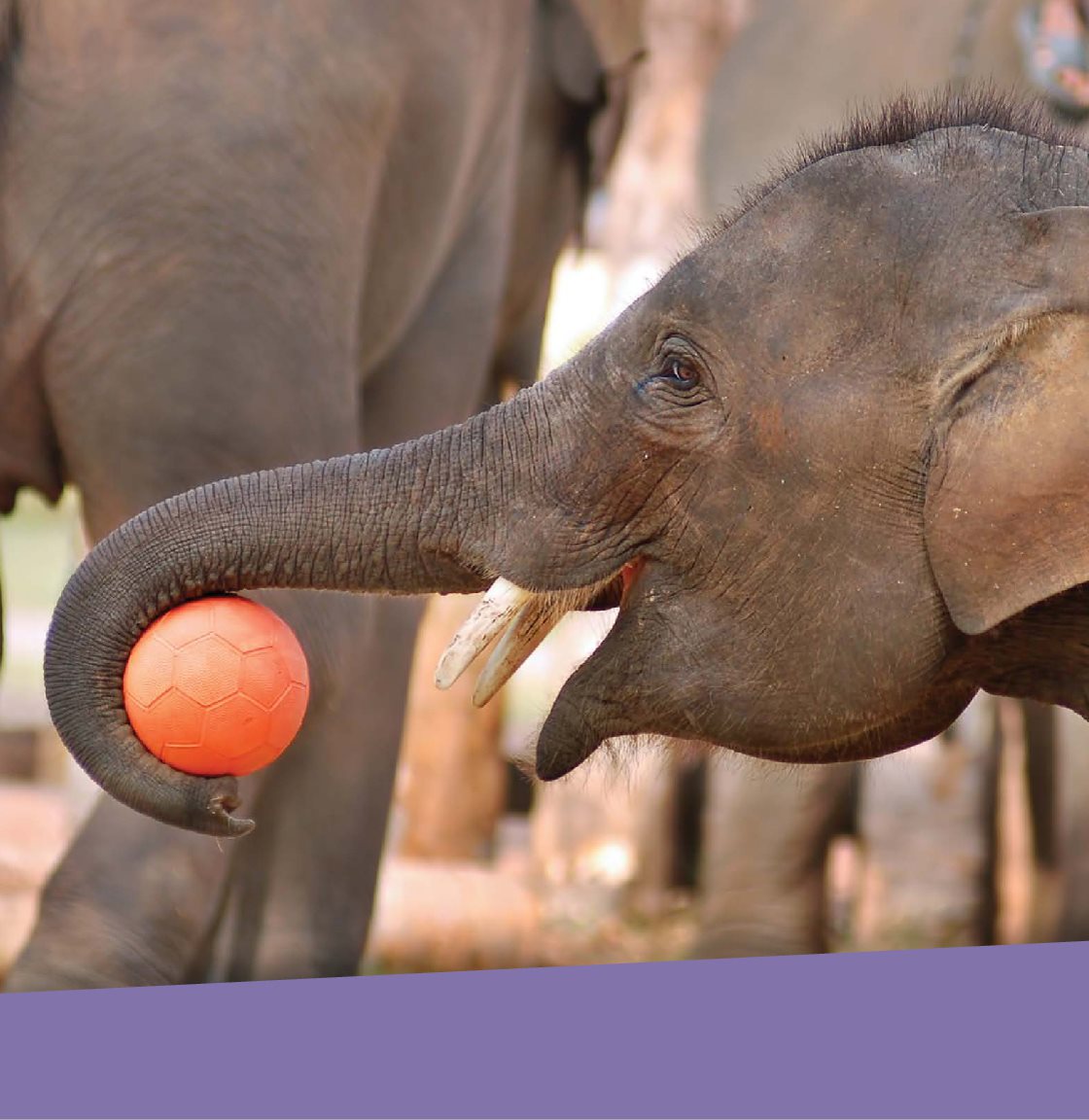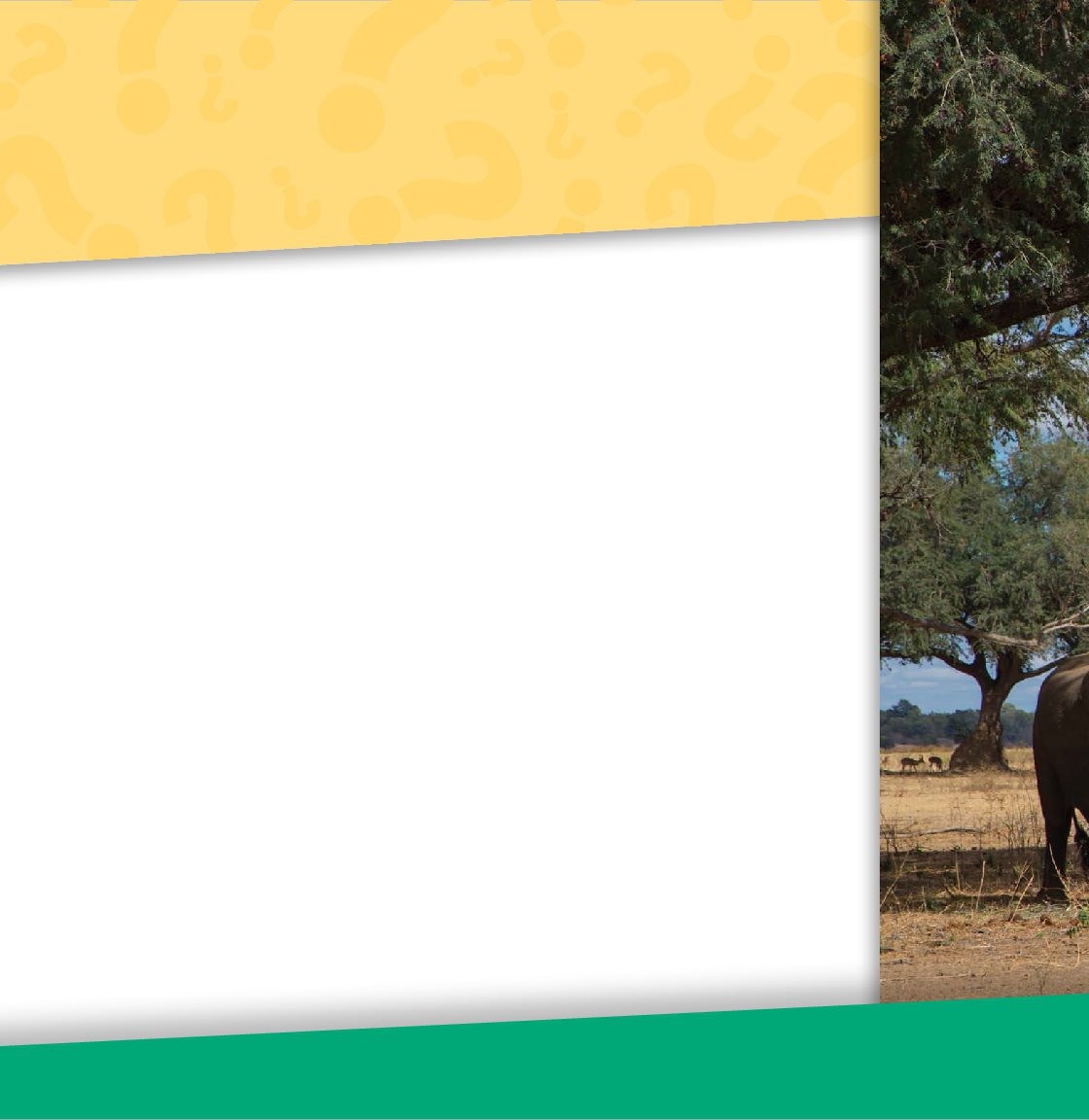Table of Contents
Guide
Published in the United States of America by Cherry Lake Publishing
Ann Arbor, Michigan
www.cherrylakepublishing.com
Content Adviser: Dr. Stephen S. Ditchkoff, Professor of Wildlife Sciences, Auburn University,
Auburn, Alabama
Reading Adviser: Marla Conn, ReadAbility, Inc.
Photo Credits: PathDoc/Shutterstock Images, cover, 1, 19; xavier gallego morell/
Shutterstock Images, cover, 1, 11; michaeljung/Shutterstock Images, cover, 1, 7, back cover;
jo Crebbin/Shutterstock Images, cover, 1, 11; michael Sheehan/Shutterstock Images, cover, 1, 17;
Matt Gibson/Shutterstock Images, cover, 1, 7; paula French/Shutterstock Images, 5 ; Sean
Nel/Shutterstock Images, 9; worradirek/Shutterstock Images, 13; Jez Bennett/Shutterstock
Images, 15; Blaine Stuart/Shutterstock Images, 19; CapPui/Shuttterstock Images, 21
Copyright 2015 by Cherry Lake Publishing
All rights reserved. No part of this book may be reproduced or utilized in any form or by any
means without written permission from the publisher.
Library of Congress Cataloging-in-Publication Data
Marsico, Katie, 1980- author.
Elephants have trunks / by Katie Marsico.
pages cm. -- (Tell me why)
Summary: Offers answers to the most compelling questions about this large
animal that uses its trunk to eat and drink. Age-appropriate explanations
and appealing photos. Additional text features and search tools help
students locate information and learn new words-- Provided by publisher.
Audience: Grade K to 3.
Includes bibliographical references and index.
ISBN 978-1-63188-002-5 (hardcover) -- ISBN 978-1-63188-045-2 (pbk.) -
ISBN 978-1-63188-088-9 (pdf) -- ISBN 978-1-63188-131-2 (ebook) 1.
Elephants--Juvenile literature. 2. Childrens questions and answers. I.
Title.
QL795.E4M28 2015
599.67--dc23
ISBN-13 978-1-68444-470-0 (ebook)
2014005728
Cherry Lake Publishing would like to acknowledge the work of The Partnership for 21st Century
Skills. Please visit www.p21.org for more information.
Printed in the United States of America
Corporate Graphics Inc.
July 2014
Synchred Read-Along Version by:
Triangle Interactive LLC
PO Box 573
Prior Lake, MN 55372
Table of Contents
Body Part
or Broken Vacuum
Achoo! Gino is suddenly surrounded
by dust at the zoo. He just saw an elephant
use its trunk to suck up a pile of dirt. It
reminded Gino of his parents vacuum.
Yet, unlike their vacuum, the animal blew
the dust back out again. Gino wonders why
elephants have a trunk. All he knows is
that its good for making a mess.
Elephants sometimes shower themselves with dirt to
protect their skin.
Elephants are the largest land mammals on
Earth. Mammals are warm-blooded animals
that produce milk to feed their babies. They
are usually covered in hair or fur. Elephants
dont look furry. But they have thin, wiry
hairs on their head and back.
Some elephants weigh up to tons (7,257
kilograms)! Thats about the same weight as
three to four sport-utility vehicles. These
huge mammals measure to feet (5.5 to
7.3 meters) long.
Look!
This is an
elephants trunk.
Is the elephants
skin smooth or
rough? What do
you notice about
the tip, or end, of
the trunk?
An elephants trunk is very flexible.
Elephants live in different habitats in
Africa and Asia. Some are found in rain
forests . Others spend most of their time
in dry, grassy plains.
Elephants are herbivores. An herbivore
is an animal that only feeds on plant matter.
An elephants diet is mainly made up of
grasses, leaves, bamboo, bark, and roots.
Adults sometimes eat to pounds
(136 to kg) of food every day.
Elephants use their trunks to suck up water.
Then they spray the water into their open mouths.
Not Just a Nose
Gino watches the elephant scoop up hay
and fruit with its trunk. Maybe its more than
a messy vacuum after all. The zookeeper
tells Gino that elephants use their trunk the
same way people use their hands.
She explains that the trunk is a prehensile
body part. This means that elephants are
able to grasp and hold objects with it. They
also rely on their trunk to touch, reach, pick
up, push, pull, and even throw things.
MAKE A GUESS!
What if elephants
had bones in their
trunk instead of
muscle? Would
it change how
elephants are able
to use their
trunks?
An elephant uses its trunk to lift food to its mouth.
An elephants trunk measures up to 6.5
feet (2 m) long. It often weighs as much as
pounds (200 kg). The trunk is both a
nose and upper lip that contains 150,000
pieces of muscle.
At its tip are a pair of nostrils and one to
two fingerlike points. The nostrils are used
for smelling and breathing. The fingerlike
growths are what allow elephants to grab
and hold objects.
An elephant relies on its trunk to pick up and hold
many different objects.
From Grabbing

